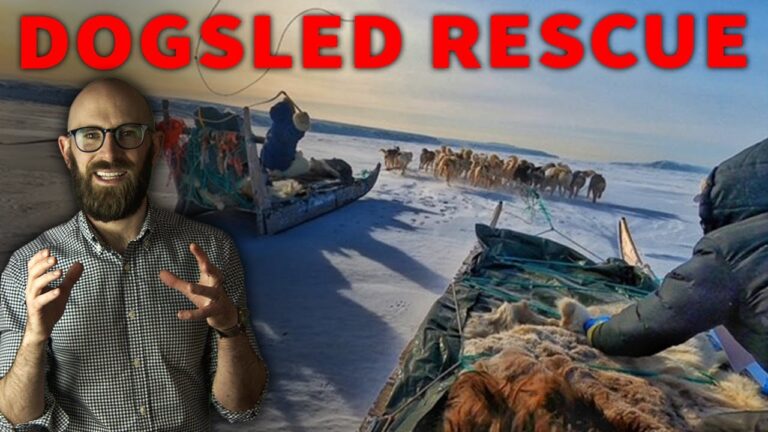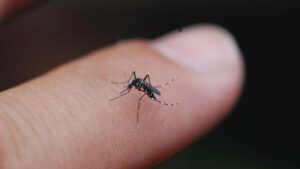“Unraveling the Mysteries: How Fire, Ice, and Plutonium Could Redefine Our Understanding of the Universe”
Eager to place responsibility squarely on the Americans, the Danish delegation was initially bullish in their demands, insisting that not a single piece of debris should be thrown or allowed to fall into North Star Bay, that every square centimetre of contaminated ice and snow be removed and transported to the United States, and, according to U.S. delegation member Colonel Jack C. Fitzpatrick:
“…for us to promote to do a long term (many years) ecological study in which they could participate – this would be of academic scientific interest but is not at all necessary nor indicated and was not mentioned at all by our group.”
However, as more data became available about the crash site, the Danes gradually relaxed their stance. For example, core samples revealed that nearly all the uranium and plutonium from the hydrogen bombs was securely frozen within the crust of blackened ice and did not pose an inhalation or ingestion hazard. It was also determined that the aircraft had not, in fact, gone through the ice; rather, the sheer force of the impact along with the detonation of the onboard ordnance had all but obliterated the airframe, leaving few large pieces of debris aside from the engines and landing gear wheels. The Danes thus agreed to a scaled-down decontamination whereby only the ice at the impact site down to the water and the black crust on the remaining ice would be removed. It was estimated that this would recover up to 90% of the contamination. The rest would be allowed to melt and enter the Bay, where dilution in nearly 50 cubic kilometres of water would bring concentrations down below acceptable levels for drinkability. The Americans also agreed to a smaller-scale environmental monitoring project, focusing on keystone species like plankton, mussels, little auk, and seals.
The delegates also had to decide what to do with the hundreds of tons of contaminated snow and ice that would be collected in the cleanup operation. The initial plan called for it to be melted, the contaminants filtered out, and the decontaminated water returned to the environment, but this was rejected as too expensive. Instead, the Americans proposed storing the contaminated water in oil drums and burying them in permafrost just outside the base. This, too, was rejected – this time by the Danes – so a compromise was reached whereby the drums would be temporarily stored at Thule and gradually transported back to the United States for disposal.
With an agreement hammered out, the enormous task of decontaminating the crash site could finally begin. The operation, officially codenamed Project Crested Ice but nicknamed “Dr. Freezelove” was placed under the command of USAF General Richard Hunziker. A large base of operations dubbed Camp Hunziker was built next to the crash site, with dormitory huts, radio communications facilities, latrines, generators, and a heliport. In addition to nearly 700 military and civilian personnel, large numbers of Greenland Inuit were also recruited. They not only participated in the cleanup operations themselves but also constructed igloos at Camp Hunziker and provided dog sled transport to and from the crash site until a pair of ice roads could be completed. As General Hunziker later remarked:
“…one of man’s most technically complex endeavours had gone astray and that recovery from its effects must depend upon the most primitive of methods.”
This infrastructure allowed for 24-hour operations – a vital capability as the rapidly-approached spring thaw threatened to release the trapped contaminants into the bay.
Four days after the crash, a “zero line” was established around the crash site outside of which no significant radioactive contamination could be detected. This was used throughout the operation as a decontamination checkpoint; all men and vehicles crossing the line were decontaminated by scrubbing them down with water or by removing their protective clothing, which was then packed into containers for disposal. Biological uptake of radioactive material was also monitored via nose swabs and urine samples, though according to official reports none showed plutonium contamination above acceptable levels. However, many personnel who participated in Project Crested Ice later claimed that few such precautions were taken, and that they suffered lifelong health issues as a result- but more on that later.
Phase I of the operation – removal of all debris not embedded in the ice – was underway by mid-February and was completed within a month, whereupon Phase II – removal of contaminated snow and ice – began. Graders and other heavy equipment was used to scrape off the top blackened layer of ice and dump it into wooden boxes, which were then transported to a special area of Thule Air Base known as the “tank farm”. Here, the contaminated material was transferred into more robust metal containers for temporary storage and eventual transportation back to the United States. Clear weather allowed for speedy progress, but perpetual winter darkness, temperatures as low as -40 degrees Celsius and high winds of up to 40 kilometres per hour caused endless problems, including constant breakdowns of heavy equipment and radiation monitoring instruments. Indeed, one of the three daily work shifts had to be devoted entirely to keeping this equipment up and running. Yet despite these challenges, Operation Crested Ice succeeded in collecting more than 400 cubic metres of contaminated snow and ice, which were packed into 11 large fuel tanks, 14 engine containers, and 163 50-gallon fuel drums. These and the collected aircraft debris were gradually shipped back to the United States, with most of the contaminated water being sent to the Savannah River National Laboratory in South Carolina for permanent storage and the recovered hydrogen bomb components to the Pantex nuclear weapons assembly and disassembly facility near Amarillo,Texas. According to contemporary estimates, this material accounted for nearly 93% of the total contamination at the site – even better than the operation planners had hoped for.


















